Why you can trust Tom's Hardware
Protection Features
Check out our PSUs 101 article to learn more about PSU protection features.
|
Protection Features | Header Cell - Column 1 |
|---|---|
|
OCP |
12V: 73.4A (135.93%), 12.055V 5V: 24.8A (124%), 5.080V 3.3V: 32A (160%), 3.278V 5VSB: 5.2A (208%), 4.945V |
|
OPP | 873.65W (134.41%) |
|
OTP |
✓ (94°C @ secondary side) |
|
SCP |
12V: ✓ |
|
PWR_OK |
Proper operation |
|
NLO |
✓ |
|
SIP |
Surge: - Inrush: NTC Thermistor & Bypass relay |
OCP is correctly set at 12V and 5V, but we cannot say the same for 3.3V. There is absolutely no point for such a high triggering OCP point at 3.3V.
OPP is properly configured, and there is over-temperature protection, which is essential to any power supply. Finally, it is a great shame that there is no MOV in the transient filter, limiting the PSU's surge protection.
DC Power Sequencing
According to Intel’s most recent Power Supply Design Guide (revision 1.4), the +12V and 5V outputs must be equal to or greater than the 3.3V rail at all times. Unfortunately, Intel doesn't mention why it is so important to always keep the 3.3V rail's voltage lower than the levels of the other two outputs.

DC Power Sequencing Scope Shots


The 3.3V rail is lower than the other two in all tests we conducted, so there is no problem.
Cross Load Tests
To generate the following charts, we set our loaders to auto mode through custom-made software before trying more than 25,000 possible load combinations with the +12V, 5V, and 3.3V rails. The deviations in each of the charts below are calculated by taking the nominal values of the rails (12V, 5V, and 3.3V) as point zero. The ambient temperature during testing was between 30 to 32 degrees Celsius (86 to 89.6 degrees Fahrenheit).
Load Regulation Charts

Load Regulation Graphs

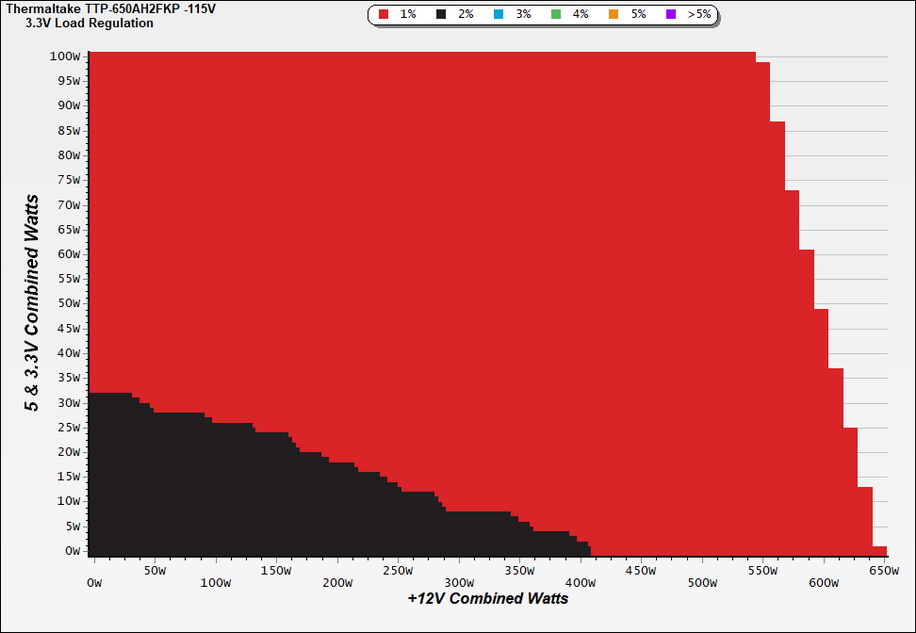
Efficiency Graph
Ripple Graphs
The lower the power supply's ripple, the more stable the system will be and less stress will also be applied to its components.
Get Tom's Hardware's best news and in-depth reviews, straight to your inbox.

Ripple Suppression Graphs



Infrared Images
We apply a half-load for 10 minutes with the PSU's top cover and cooling fan removed before taking photos with a Fluke Ti480 Pro camera able to deliver an IR resolution of 640x480 (307,200 pixels).

IR Images



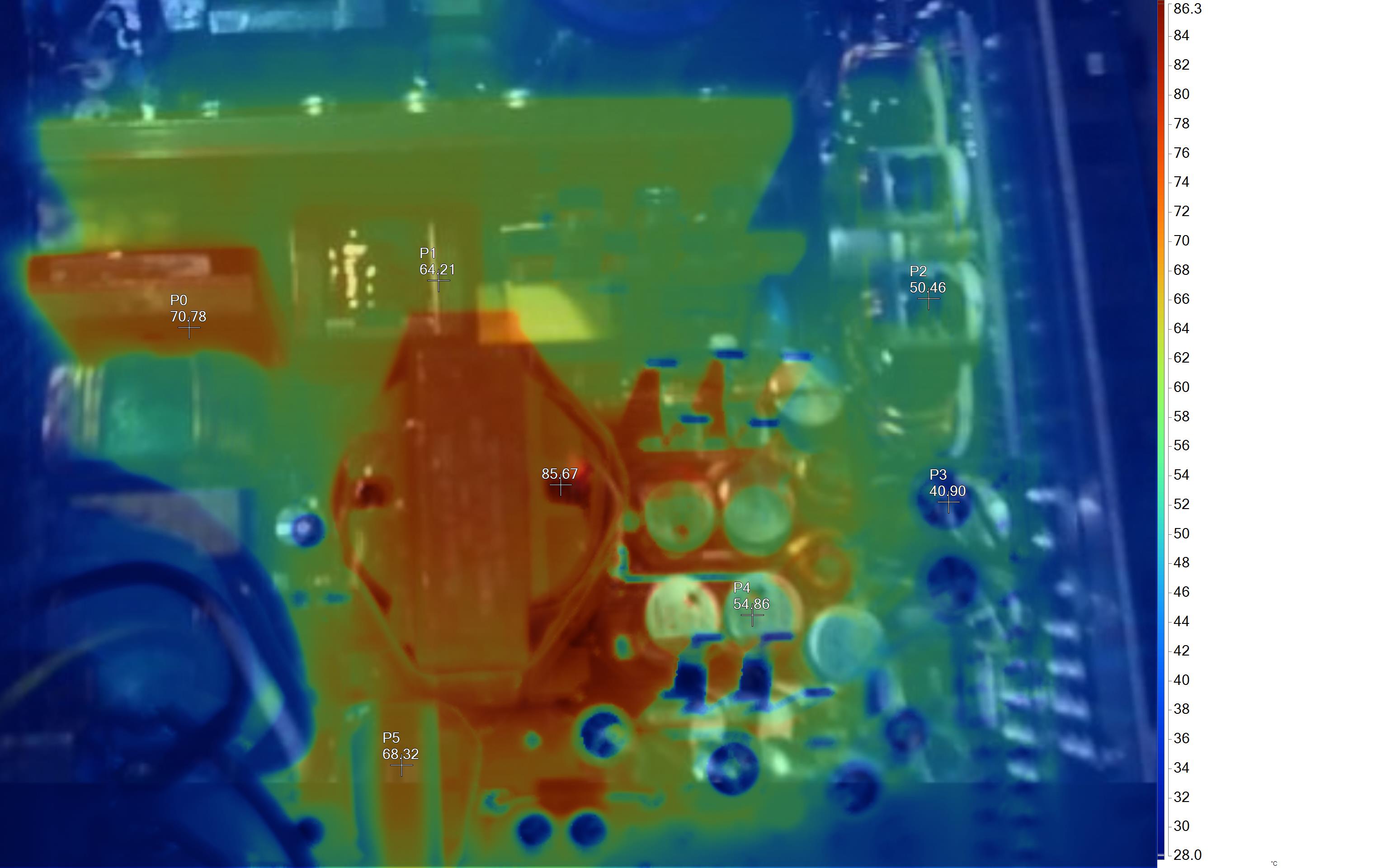
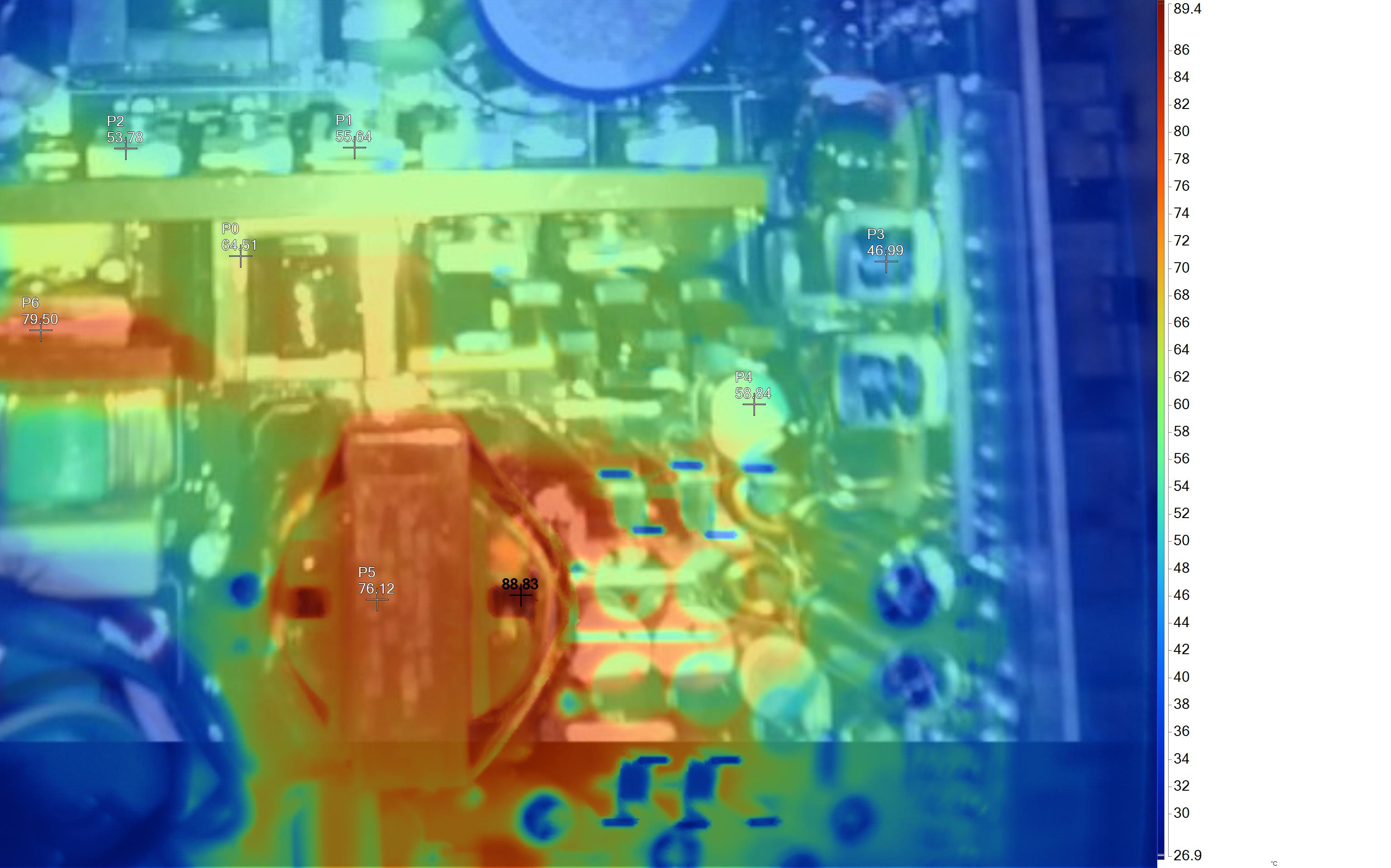
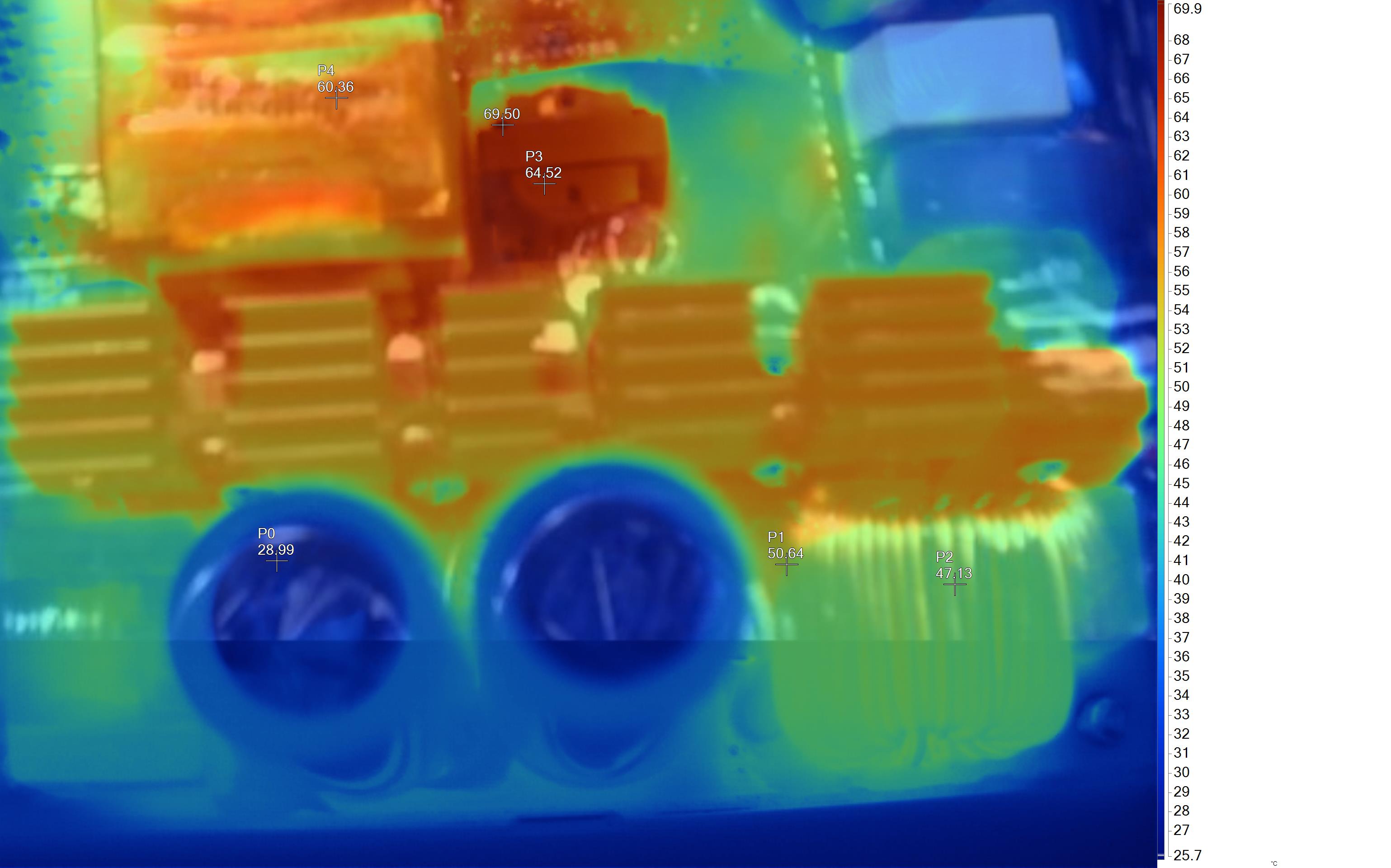




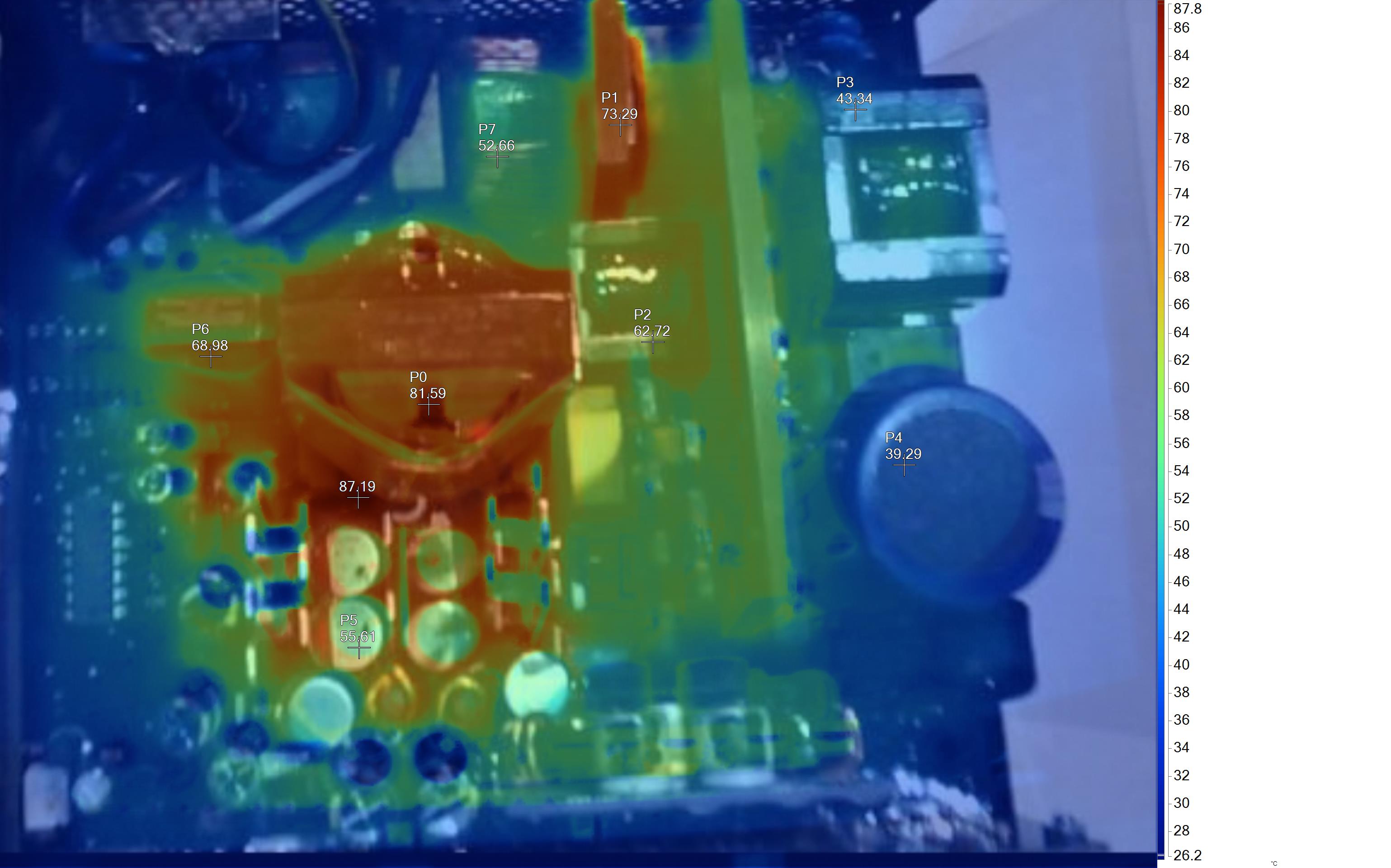









The primary transformer looks to be the hottest part of the PSU when there is no airflow. This is why HKC used three metallic bars to keep its operating temperatures at lower levels.
MORE: Best Power Supplies
MORE: How We Test Power Supplies
MORE: All Power Supply Content
Current page: Protection Features, DC Power Sequencing, Cross-Load Tests and Infrared Images
Prev Page Load Regulation, Hold-Up Time, Inrush & Leakage Current, Efficiency and Noise Next Page Transient Response Tests, Timing Tests, Ripple Measurements and EMC Pre-Compliance Testing
Aris Mpitziopoulos is a contributing editor at Tom's Hardware, covering PSUs.
